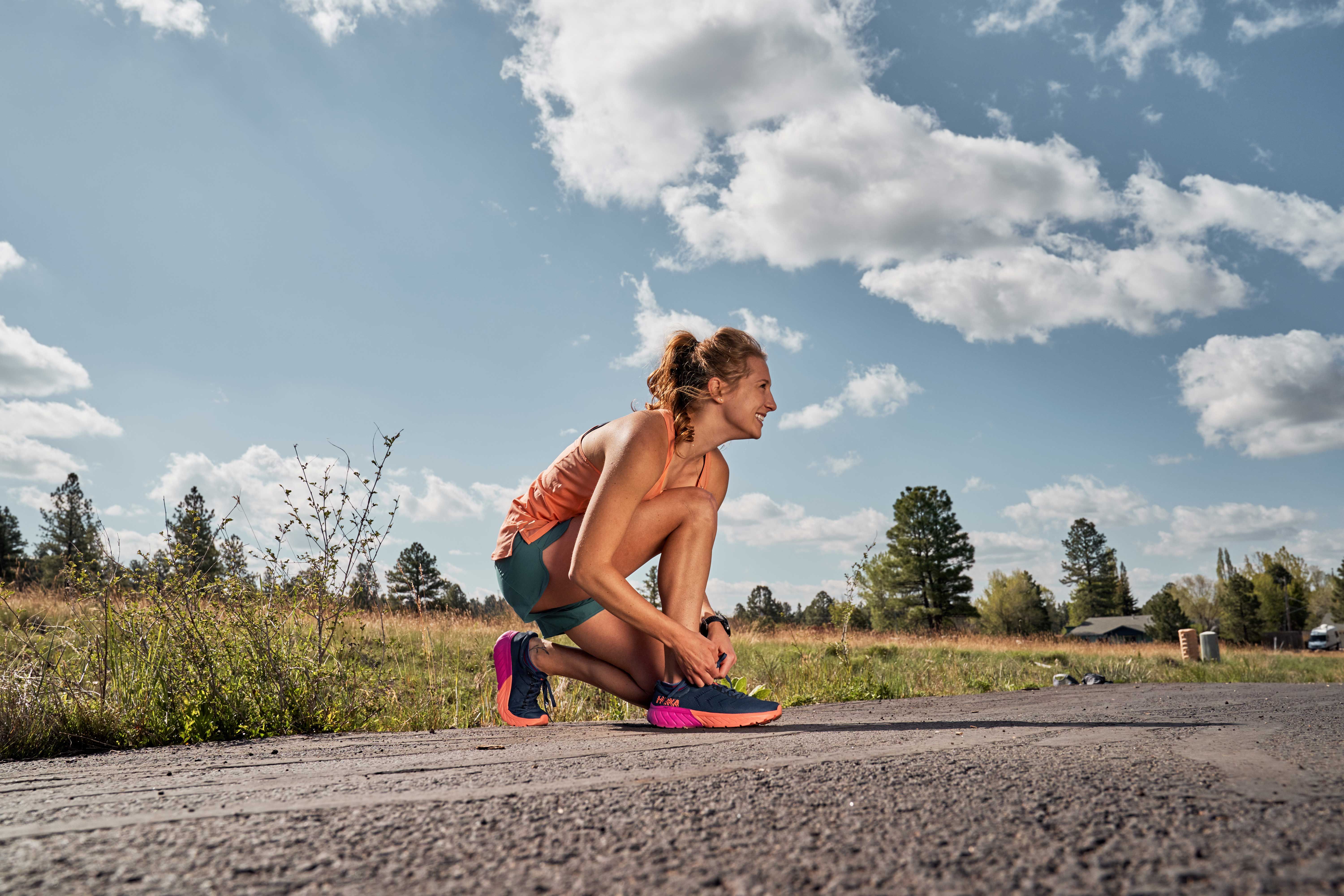- With activity guidelines during the new coronavirus constantly evolving, many people are wondering whether or not it’s safe to go for walks.
- Experts say it’s safe to go outdoors for walks depending on the area in which you live and what time you go.
As the coronavirus pandemic continues, official Centers for Disease Control and Prevention (CDC) guidelines have shifted rapidly. One day, face masks weren’t a necessity for venturing outdoors, now they are! Some cities are still on lockdown, while others are opening back up and loosening social distancing rules. So it would make total sense if you’re wondering: What’s even safe anymore to do outdoors?
You might be questioning whether it’s even cool right now to go outside to take a walk, and escape the stress and anxiety this situation may have brought on.It’s an important question, especially considering how crucial movement and time spent outdoors can be for your mental health. “Being outside can improve your mental health, including conditions like stress, depression or anxiety,” says Natasha Bhuyan, MD, an infectious disease specialist and family physician in Phoenix, Arizona. “It’s good to unplug from the 24/7 news cycle and take a break outdoors—if you can safely do so.”

So, uh, how exactly can you do that while moving about with as little risk as possible (for you *and* others)? Let these experts explain everything you need to know about whether or not you should be taking walks right now—and what precautions to keep in mind every time you go outside.
Can I still go for a walk during the novel coronavirus pandemic?
The answer here is: probably. Whether it’s safe or not depends largely on two things: where you live and the time you choose to go for a walk, says Stephen Berger, MD, a board-certified infectious disease doctor and co-founder of GIDEON (the Global Infectious Diseases and Epidemiology Network), an online diagnosis and reference tool for infectious diseases and microbiology.

If you’re in a city that’s been hit particularly hard with novel coronavirus cases, like New York City, for example, popular walking spots like Central Park have proven to be just as crowded, if not more so, than they were before the virus hit. As such, you should avoid these areas if you can’t truly socially distance yourself from other people, says Dr. Berger. You should also go for walks during less crowded periods, like the beginning or end of the day, or find alternative routes, such as on neighborhood sidewalks and streets, where you might encounter fewer people.
“As with every behavior that potentially puts you at risk, the chance of contracting infection will be related to the cumulative time spent outdoors,” says Dr. Berger. So, keep your walks on the shorter end to encounter fewer people, and in turn, reduce your risk of contracting the new coronavirus (or spreading it to someone else if you are positive but asymptomatic). But if you’re able to walk somewhere that isn’t crowded, like if you live in the country, staying outside for an extended period is okay.
What are the social distancing recommendations for when I’m outside?
Right now, the most important tactics are avoiding crowds, properly using face masks and washing your hands frequently, says Dr. Berger. While experts and health organizations are generally recommending people maintain a distance of 6 feet, 10 feet is even better—and this applies even when you’re going for a hike, walking your dog, or jogging in the neighborhood.
Whether it’s safe or not to go for a walk depends on where you live and the time you choose to go.
If you have to use an elevator or staircase to exit your building, try to wait until you can use it without being near another person. If someone gets in the elevator with you, it’s key to stand as far away as you can, face away from them, and be cognizant of the fact that elevator buttons and railings may also be contaminated. If you have the option to use stairs or an elevator, take the stairs when you can—these aren’t an option for many elderly people, so it’s best to leave the elevators for them.
Is there anything else I can do to make sure I’m being extra safe outside?
Take these precautions next time you head outside for a walk. They can help you prevent the spread of novel coronavirus to others and keep you safe as well.
- Wear a mask or facial covering. Keeping your mouth and nose covered while you’re outside can help you from spreading any particles that may carry infection, though it won’t necessarily protect you from picking up the virus, says Dr. Berger. Best-case scenario, you and everyone else you encounter will be donning face masks, or you avoid other people entirely (but, again, depending on where you live, that may not be realistic).
- Avoid meeting up with friends and/or strangers. You should not meet up with a friend to go for a walk unless you are intentionally keeping six feet apart from each other, and you should avoid meeting up in large groups altogether, says Dr. Bhuyan. Six to 10 feet of distance is farther than most people think, so if you find it impossible to hold a conversation that far apart, it’s probably better to go for a solo walk. “It’s important to understand that even if you’re not showing symptoms, you could still be a carrier of the virus, meaning you could potentially infect others,” she says.
- Don’t touch your face while you’re outside. Novel coronavirus spreads when you pick up the virus on your hands and then touch your nose, mouth, or eyes, allowing it to enter your body. So keeping your hands away from your face can help keep you safe. Also make sure to wash your hands when you get home, especially if you decide to sit on a bench or lay in the grass in a park. Although there haven’t been any studies to show that the virus lives on grassy areas and similar environments, experts suspect that they are no less contaminated than sidewalks, stairs, or the bottoms of your shoes, says Dr. Berger.
- Sanitize door handles. Make sure to disinfect anything you touched as you reentered your home (and your phone, if that went outside with you).
Is there anyone who shouldn’t go out for walks at all during this time?
Again, this depends where you live and how you’re timing your walk, says Dr. Berger. If you fall into the high-risk elderly and immunocompromised groups and live in a hard-hit area, you should avoid leaving home at all, whenever possible.
“If suitable assistance—food delivery, for example—is available, do your best to use these services and stay home,” he says. “Leaving home, if absolutely necessary, should take place with a face mask and social distancing, during non-crowded time periods, and with minimal human interaction.”
The bottom line: It’s safe to go for a walk if you’re healthy and take the proper precautions. If you live somewhere where it’s difficult to practice social distancing and the infection rate is high, it’s best to stay inside as much as you can.
Source: Read Full Article
